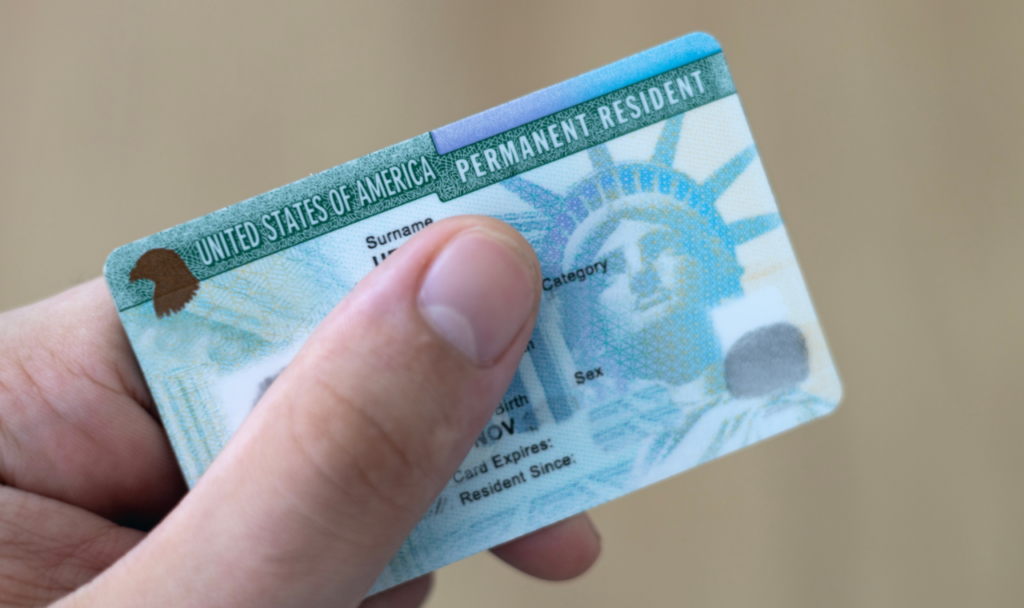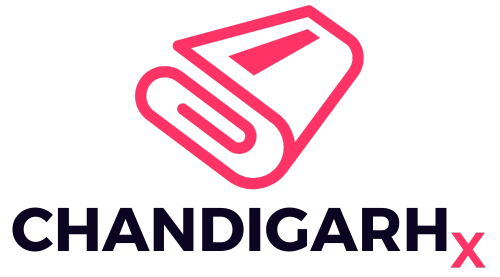The Trump administration’s latest moves on U.S. immigration have raised concerns among Indian tech workers on H-1B visas. With reports of a freeze on certain green card applications and proposed restrictions on legal immigration pathways, the future of skilled foreign workers many of whom contribute significantly to the U.S. technology sector seems increasingly uncertain.
As Indian professionals make up a substantial portion of H-1B visa holders, this policy shift could have long-term consequences on their employment, residency status, and prospects of securing a green card. This article breaks down the latest developments, their potential impact, and what Indian tech workers can do to navigate these changes.
Trump’s Green Card Freeze: What’s Happening?
In March 2025, the Trump administration implemented a temporary freeze on processing certain green card applications as part of a broader immigration crackdown. According to The Guardian, this suspension mainly affects individuals who have already been approved for refugee status, with the government citing concerns over fraud and security risks.
While this move does not explicitly target employment-based green cards, it signals the administration’s increasingly stringent stance on immigration. Given the Trump administration’s history of restrictive visa policies, experts fear that more limitations on green cards for skilled workers could follow.
H-1B Visa Holders: Should They Be Worried?
Although the current freeze does not directly impact H-1B visa holders, the broader strategy of tightening legal immigration could lead to additional restrictions on work visas.
A Wall Street Journal report from October 2024 revealed that Trump allies had been drafting plans to significantly restrict legal immigration pathways. These included:
- Halting refugee resettlement
- Restricting green card applications for backlogged employment-based categories
- Expanding travel bans for certain nationalities
Given that Indian nationals receive nearly 75% of all H-1B visas issued annually, any new restrictions could have a disproportionate impact on them. If these proposed policies become law, it could mean longer green card wait times, stricter renewal processes, and potential job uncertainty for thousands of skilled Indian professionals working in the U.S.
Impact on Indian Tech Workers
1. Green Card Backlogs Could Worsen
Even before this freeze, the backlog for employment-based green cards was already a major issue. Indian professionals often wait decades due to annual per-country caps. A stricter immigration stance could slow down processing even further, making permanent residency an increasingly distant dream.
The U.S. Citizenship and Immigration Services (USCIS), which processes green card applications, has already been dealing with delays. You can check your case status and processing times on their official website [USCIS.gov].
2. H-1B Renewals Could Face More Scrutiny
In previous years, the Trump administration had pushed for stricter scrutiny on H-1B renewals, often requesting additional documentation and sometimes outright denying extensions for workers with years of experience in the U.S.
While no new H-1B restrictions have been announced yet, many legal experts believe a second Trump term could bring back similar policies.
3. Employers Might Hesitate to Sponsor Visas
With uncertainty around future visa policies, some U.S. tech companies might reduce hiring H-1B workers altogether. Companies like Google, Amazon, and Microsoft have historically been among the largest H-1B sponsors, but policy uncertainty could make them hesitant to hire new foreign workers.
This could push Indian tech professionals to explore alternative work visas or move to more immigration-friendly countries like Canada, which has been aggressively attracting skilled workers through its Express Entry program.

What Can Indian H-1B Visa Holders Do?
1. Stay Informed on Immigration Policy Changes
The situation is evolving, and new policies could be introduced at any time. Follow updates from official government sources like:
- U.S. Citizenship and Immigration Services (USCIS): www.uscis.gov
- Department of Homeland Security (DHS): www.dhs.gov
- U.S. Department of State – Visa Bulletins: travel.state.gov
2. Explore Alternative Green Card Categories
If employment-based green cards become harder to obtain, some workers may qualify for alternative routes, such as:
- National Interest Waivers (NIW) for individuals whose work benefits the U.S.
- EB-1 Green Cards for highly skilled individuals or researchers
- Investment-Based Visas (EB-5) for those with significant capital to invest in the U.S. economy
3. Consider Canada or Other Countries
Canada has been actively attracting H-1B visa holders through its H-1B Open Work Permit program, allowing U.S.-based tech workers to relocate with fewer restrictions [Source].
For those worried about long-term uncertainty in the U.S., considering alternative options in Canada, the UK, or Australia might be a wise strategy.
Conclusion
While the current green card freeze does not immediately impact Indian H-1B holders, it signals a broader shift towards stricter immigration policies. If the Trump administration continues down this path, it could prolong green card wait times, increase H-1B renewal scrutiny, and make tech companies hesitant to hire foreign workers.
Indian professionals on H-1B visas should stay informed, explore alternative immigration options, and be prepared for potential changes in U.S. policy. With Canada, the UK, and other countries offering more welcoming alternatives, H-1B holders may need to weigh their long-term career and residency prospects carefully.

Pankaj Kumar is a journalist at Chandigarh X, covering admit cards, recruitment, and government schemes. His articles provide readers with detailed insights into application processes, eligibility, and exam updates.
Outside of work, Pankaj enjoys traveling, fitness, and cricket, often participating in local matches on weekends.



